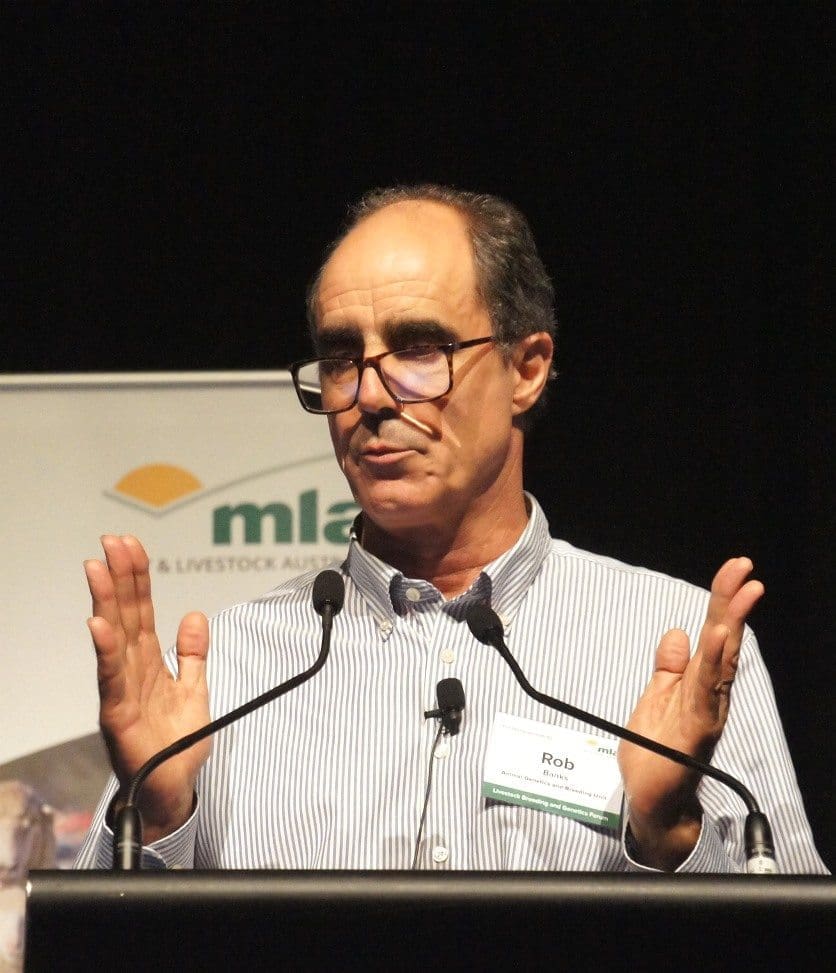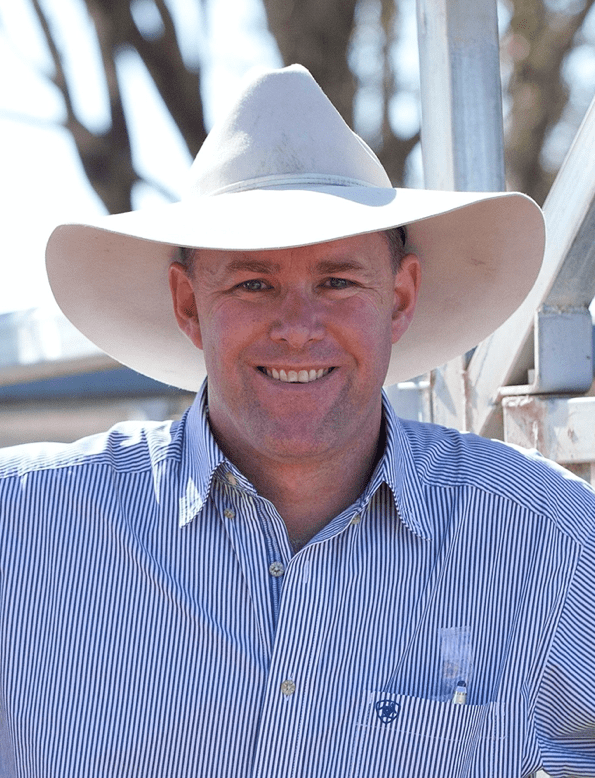
BEEF cattle breeders across the country share some key decisions, regardless of their environment, market or chosen breed types.
These key decisions can be broken down into three considerations.
The first is what to breed for? This consideration takes into account the production environment and the market that a breeder chooses to target, be it growing and finishing cattle for slaughter or live export; selling feeder cattle; or producing seedstock animals for other producers.
In turn, this leads to the second key decision of what data should be recorded on-farm.
Again, both commercial and seedstock producers will need to consider what data they need to help shape their progress on achieving their target goals.
Finally there is the third decision producers must face, which is how best to invest in data collection. This isn’t as simple as the hardware associated with data recording, it is also at a more fundamental level of what traits to record, when they should be recorded, how often they need to be recorded and what animals to record.
It can be very easy to become overwhelmed by the amount of data that can be collected, and then it has to be able to be used to support the decisions producers need to make.
While these are important considerations for individual producers, the broader industry is also dependent on the decisions producers make around data collection and its use.

Dr Rob Banks
Last year, as part of the World Congress on Genetics Applied to Livestock Production held in The Netherlands, Dr Rob Banks from Armidale’s Animal Genetics & Breeding Unit presented a paper considering the challenges associated with data collection to co-ordinate and support sustained genetic progress in the industry.
For the past forty years, the beef industry has been predominately reliant on BreedPlan to provide industry with genetic data on animals. Most of this data has been and continues to be recorded on farm.
Dr Banks made the point that the introduction of genomic selection has seen widespread use and is becoming an increasingly important tool to identify and select animals suited to meet aims of breeders who know what they are breeding for.
For many producers, genomic selection is extremely appealing as animals can be identified and selected without the need for an individual to necessarily undertake any phenotypic recording themselves. However, the fundamental requirement for genomic selection to be effective is to have a large and relevant reference population.
The need to keep ‘topping-up’
Rob Banks noted is his presentation to the World Congress that the emerging challenge is to ensure that across the industry there is sufficient recording of data as “reference populations need to be ‘topped-up’ with new data so that prediction accuracy is maintained.”
The greater challenge for industry is to consider how to ensure this ‘topping-up’ continues, and that the data being collected meets the current and future needs of the industry.
As noted earlier, the past 40 years of genetic progress in Australia has largely been reliant on BreedPlan. The data that underpins BreedPlan is collected on-farm, and is dependent on the efforts of individuals across the industry collectively working to provide it.
However this contribution is not without cost. A Meat & Livestock Australia report in 2019 investigated the benefit and cost of performance recording in beef and sheep studs. Among the key findings, the report stated that:
- Businesses that use BreedPlan are significantly larger than those that do not: ie an average 270 cows per herd for BreedPlan users, compared to 40 for non-users.
All aspects of herd or flock income are higher for businesses that use BreedPlan:
- higher value per animal sold – $5103 compared to $2542 for bulls (2019 data).
- higher income from semen sales – $31,818 compared to $0.
- total average sales income – $511,034 compared to $36,896 for bulls sold.
How best to invest in collection and analysis?
On first considering these findings, participation in BreedPlan does appear to be a financially better option.
More broadly as the industry considers the question of data collection to “top-up” reference populations, it could be very easy to assume that the seedstock sector can afford to keep doing this work for the overall benefit of the industry.
However, closer examination of the report shows data collection and investment in genetic evaluation comes at some cost to individual breeders. The report found scanning and other measurement costs amounted to 27pc of their operational costs (or $243/cow).
As noted earlier, a key decision producers must make when considering data is how best to invest in collection and analysis. Looking at the seedstock sale averages, it can be tempting for many commercial producers to consider that the additional costs their breeder incurs in recording and providing data are recovered in the sale price.
However, appearances can be misleading. Dr Banks informed the World Congress that in fact “in highly dispersed (in the ownership sense) industries, (seedstock) breeders only capture a small share of total income generated from progeny of bulls or rams – typically 5-10pc in beef and sheep in Australia.”
The risk is that the operating margin for many seedstock producers may be much lower than what is generally appreciated, and this could have, as Dr Bank suggests, a flow-on effect of leaving “insufficient funds for recording at the required scale.”
Future models?
In coming years, it is likely the industry as a whole will need to consider how best to co-ordinate and fund the recording and analysis of data to ensure genetic progress doesn’t stall. Dr Banks suggests the future may include:
- The establishment of specialist phenotype recording operations that complement activities of individual breeders and that are optimised at the breed or industry level for scale and traits included
- The industry develops a method where breeders could capture more appropriate shares of the value created from their breeding to maintain funding for optimal recording and that, accordingly, explicitly value and remunerate recording efforts
- And that the broader industry focusses on sustained co-investment partnerships with industry and/or government to ensure the data needed now and in the future is identified and recorded.
For a broad industry, operating in all Australian environments and targeting more than 100 international markets as well as the domestic market these decisions for future progress impact all beef producers.
The industry’s challenge will be to keep pace with the developments in this space and ensure that the fundamental data required for progress is invested in at the level that meets the ongoing needs of the broader industry.
 Alastair Rayner is the Principal of RaynerAg, an agricultural advisory service based in NSW. RaynerAg is affiliated with BJA Stock & Station Agents. He regularly lists and sell cattle for clients as well attending bull sales to support client purchases. Alastair provides pre-sale selections and classifications for seedstock producers in NSW, Qld, and Victoria. He can be contacted here or through his website www.raynerag.com.au
Alastair Rayner is the Principal of RaynerAg, an agricultural advisory service based in NSW. RaynerAg is affiliated with BJA Stock & Station Agents. He regularly lists and sell cattle for clients as well attending bull sales to support client purchases. Alastair provides pre-sale selections and classifications for seedstock producers in NSW, Qld, and Victoria. He can be contacted here or through his website www.raynerag.com.au
